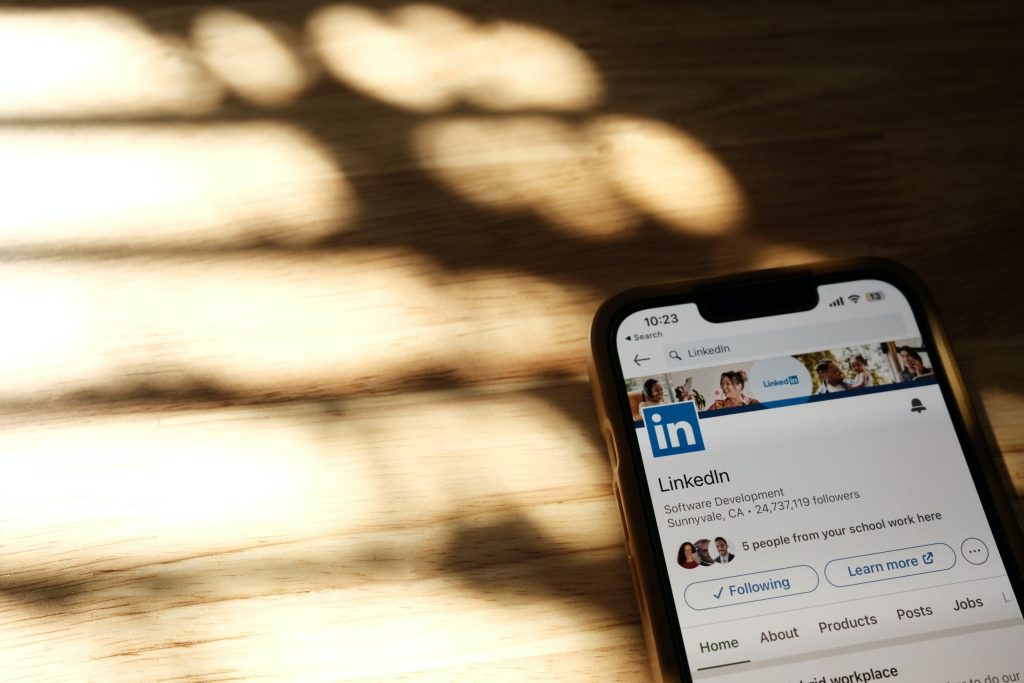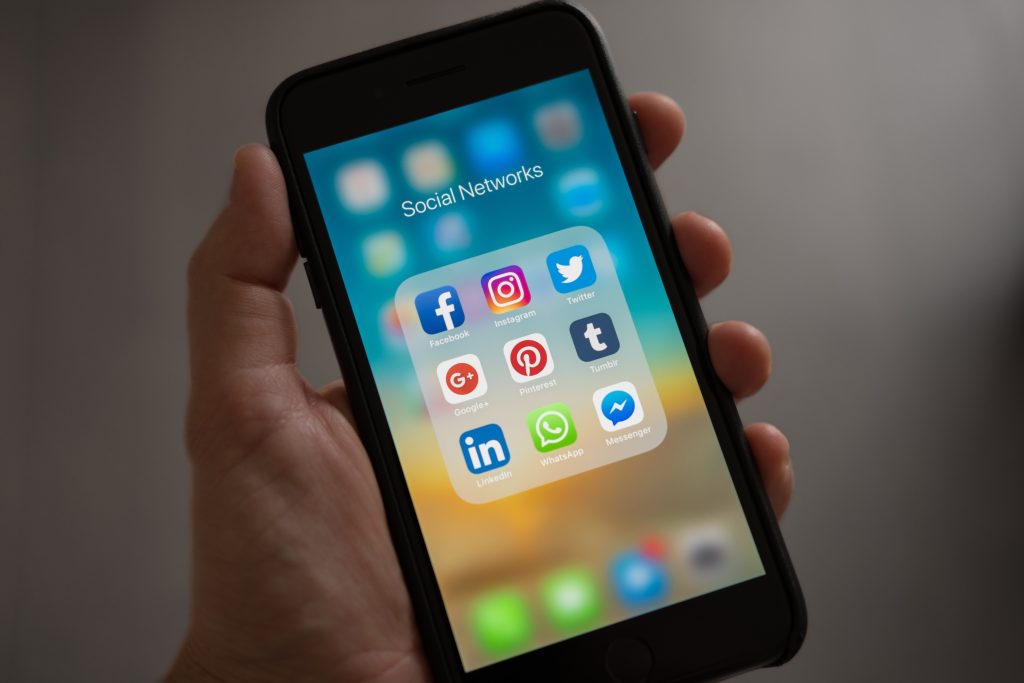
How To Use LinkedIn to Get a Job
About LinkedIn

LinkedIn is a business and employment-focused internet service that operates through websites and mobile apps in the United States. The website, which was launched on May 5, 2003, is primarily used for networking opportunities and career advancement, and allows job seekers and employers to publish CVs.
Its headquarters is in Sunnyvale, California and United State.
Why You Should Use LinkedIn to Find a Job?
It’s not only a terrific way to network with influential people in your field, but you can also use it to highlight your accomplishments and establish a professional online presence. Plus, if you have the spirit of entrepreneurship, you can use it to promote your own company.
LinkedIn is the most popular social networking site, with almost 133 million users in United State alone and globally reach 200 countries around the world. 87% of recruiters use LinkedIn as a part of their applicant search, according to the Jobvite Recruiter Nation Survey.
It is the perfect site for student and professionals to network and hunt for job opportunities. Even one former US President Barak Obama joked during a TV news conference that he would join LinkedIn to assist him find work after his term ended!
The following three advice from LinkedIn’s CEO will help you maximize the value of your LinkedIn profile
- Maintain an up-to-date profile.
- Make a thorough assessment of your present abilities and goals.
- Emphasize your most recent experience.
“Represent yourself, and show the world who you are”. It is not just your experiences but it is more dynamic way to representing your professional experiences, talent and your objectives as well as what skills you know and what you are interested in.
Ways To Use LinkedIn to Find Your Dream Job
Of course, the first step is to create a LinkedIn profile.
You may edit and modify your profile as frequently as you like, so keep changing any parts that aren’t working and adding to it as you go.
The more modifications and additions you make to your profile, the more ‘active’ it seems to the system, increasing your chances of being noticed by employers.
1. Maintain an Up-To-Date Profile

In search results, profiles without a photo appear inactive and uninteresting, so make sure to choose a high-resolution and work-appropriate photo of yourself.
Avoid blatant selfies or group shots (even if everyone else is edited out). Graduation photos are always a safe idea, but avoid being overly stiff and official with yours.
Make an effort to smile and appear accessible! Remember, you’re attempting to pitch yourself as a good collaborator.
Avoid the cheesy Snapchat filters, but LinkedIn now has a filter feature that allows you to change the colors in your photo for the best impact.
There’s also an option to add a cover photo. This is less important, but if you have something you believe will be useful, go ahead and do it. Perhaps a snapshot showing some of your work or of you ‘in action’ would be more appropriate.
2. Make a Thorough Assessment of Your Present Abilities and Goals
Don’t leave anything out about your existing talents and objectives if you want to be sure you’re using LinkedIn to get a job correctly. If it makes sense, use your headline to communicate your main goal, and list all of your abilities on your page. You don’t want it to appear that you haven’t updated your profile in a while, as this may cause recruiters and organizations to overlook you.
3. Emphasize your Most Recent Experience

You want your recent experience to be visible to anyone who checks your page when you’re connecting to any organization to obtain a job.
4. Make a Perfect Headline for LinkedIn

Because the headline is the first thing a potential employer would see, make sure it jumps out and accurately depicts your qualifications.
List a dream career, you’re freelancing or part-time work, relevant interests, or the title of your previous work experience gig instead of anything dull.
5. Promote Your Work Experience on LinkedIn

List your work experience, study related knowledge, your degrees any certificates any courses you have taken enlist all those.
You don’t want to all of them enlist only those which you are proud of to share which add value to your profile and or that you would like to show up.
Share your ongoing projects or accomplishments, magazine articles, videos and your social media accounts.
6. Take Recommendations and Endorsements for Your Skills
To lend credibility to any skills or projects you’ve listed, ask current or former employers and coworkers to post testimonials to your profile page (you don’t have to accept or show any that you don’t want the public to see, though).
You can add skills independently to your profile in addition to sprinkling pertinent keywords throughout. Don’t rely on broad terms like leadership or teamwork.
Your LinkedIn friends can then vouch for you by supporting you for the many abilities you’ve specified, and these endorsements will appear on your public profile to demonstrate how talented you are!
7. Post Your Success on LinkedIn

Although talking about your accomplishments may not come easy to you, LinkedIn is all about marketing yourself.
Write a statement about it and show it to the world if you achieve something, whether it’s an award, a successful project, or great grades in a certain assignment.
You don’t have to concentrate just on the positive aspects of your journey; you can also discuss the problems and setbacks you encountered along the road. You can also talk about challenges in your business or themes related to recruitment in general — topics like unpaid internships and interview comments tend to spark a lot of discussion.
8. Join LinkedIn Groups
Register and participate to industry-related groups. Get insider information and discover how your industry operates from the ground up, establish a reputation for having a point of view or a specialty, or locate people who can tell you more about their future career to see if it is something that interests you.
Introduce yourself when you join the group and introduce yourself and discuss your services which you provided, offer them to help with the projects.
9. Connect and Build Your Network

LinkedIn is all about connecting with people in your sector or area of expertise, as the names imply.
Make contact with anyone with whom you’ve worked or studied, and tell them to introduce you to their contacts.
Adding someone you don’t know on LinkedIn is occasionally frowned upon, but it’s usually acceptable if the other individual can quickly determine from your profile that you share similar interests or connections.
LinkedIn is also a good way to stay in touch with interviewers after the interview, as well as anyone you may have met on work experience placements or internships, even if it was only for a few minutes.
If you’re scared, they won’t remember who you are, send a little message to help them remember.
10. Include a Professional Summary in Your Profile

Highlight your accomplishments by using summary box, how you have enhanced it or how you have a fantastic employee.
You only have about 50–100 words, so make the most of them. Include keywords that recruiters or others are likely to look.
